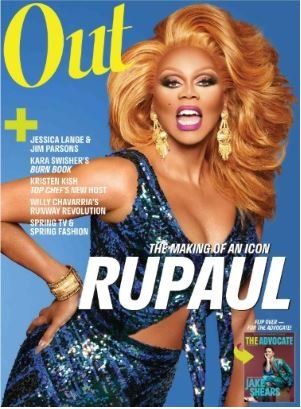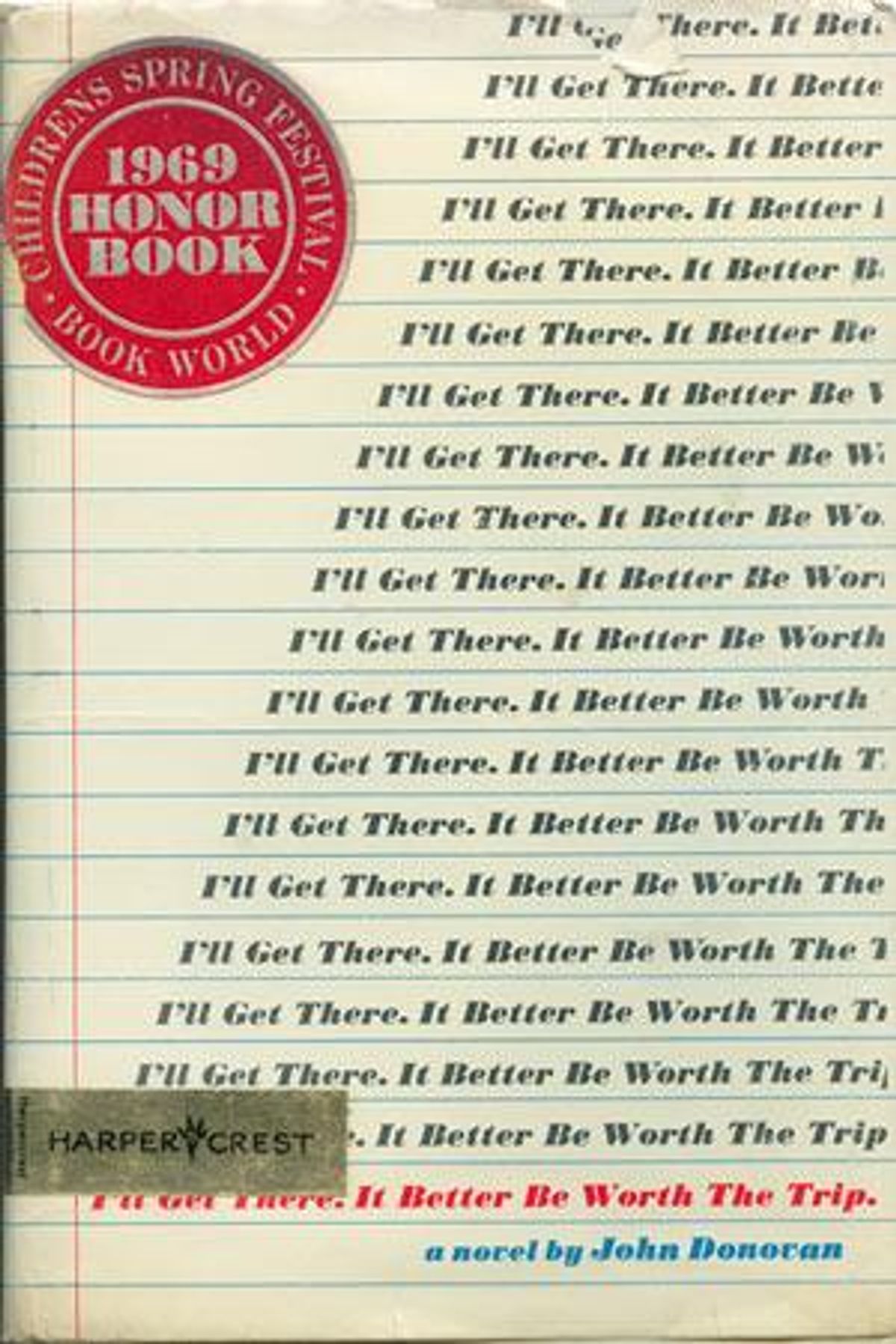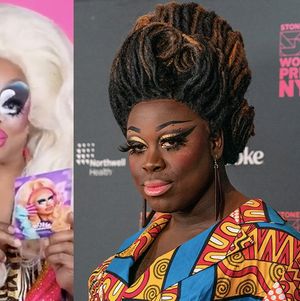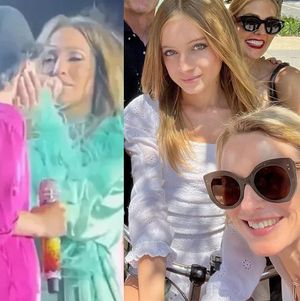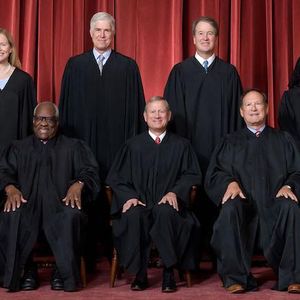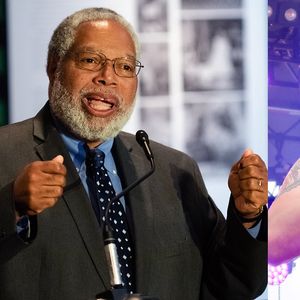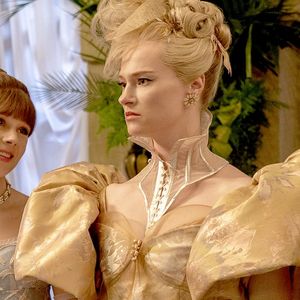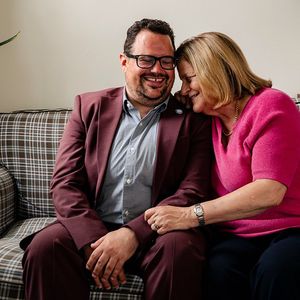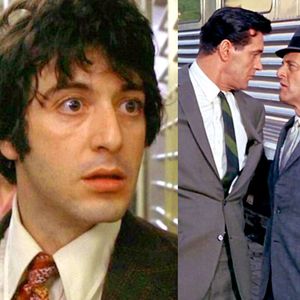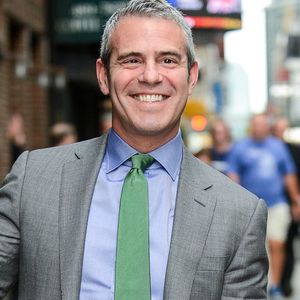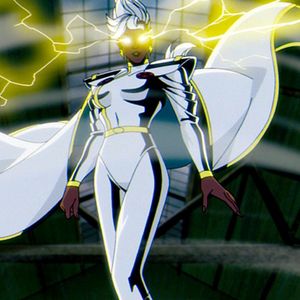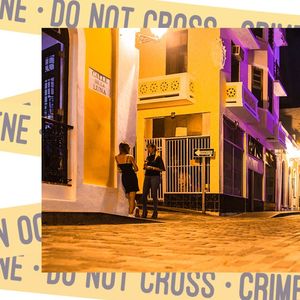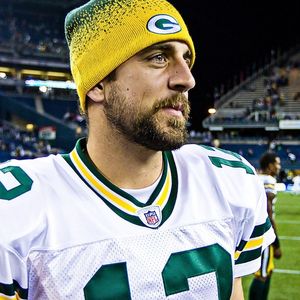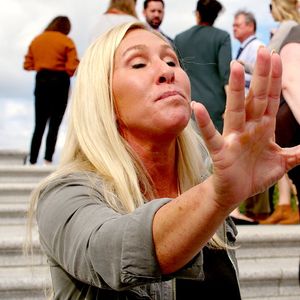CONTACTStaffCAREER OPPORTUNITIESADVERTISE WITH USPRIVACY POLICYPRIVACY PREFERENCESTERMS OF USELEGAL NOTICE
© 2024 Pride Publishing Inc.
All Rights reserved
All Rights reserved
By continuing to use our site, you agree to our Private Policy and Terms of Use.
Going to college in Virginia in the early 1970s, I was so hungry for gay stories that Id read anyone, from established names like Andr Gide and Gore Vidal to newer, unfamiliar writers like James Kirkwood and Jonathan Strong. In the bookstore one day, I stumbled on a paperback with a jaunty title, Ill Get There. It Better Be Worth the Trip., described on the back as the story of a troubled friendship between two boys who have a moment of open sexuality. I didnt care that the book was aimed at adolescents. I was only 20, so I was almost a teenager myself. I bought it immediately, read it in a day, and enjoyed it thoroughly. Then I forgot it -- until years later when an editor friend told me that it had been a breakthrough novel in the world of young adult fiction.
Young adult (YA) fiction did not yet have a name in 1968 when John Donovan, a 39-year-old bachelor who worked for the Childrens Book Council, wrote a letter to the head of the Department of Books for Boys and Girls at Harper & Row and asked if shed be interested in a story about buddy-love. The new realism had just arrived in childrens literature, producing such work as Its Like This, Cat by Emily Cheney Neville; Harriet the Spy by Louise Fitzhugh (a butch lesbian); and The Outsiders by S. E. Hinton (then a teenager herself). Editors were open to fresh material, even a tale of two 13-year-old boys who develop crushes on each other. Harper & Row said yes and Ill Get There was published in 1969, a few months before the Stonewall rebellion, to surprisingly good reviews.
Donovan wrote a few more books and a play. He died in 1992 when he was 63. His first book lives on, however. Ill Get There has just been reissued in a 40th anniversary edition with smart appreciations by gay YA novelists Brent Hartinger and Martin Wilson; a lovely introduction by Donovans niece, Stacey Donovan; and an invaluable essay by scholar Kathleen Horning.
How does the book read today? Very well. It begins more slowly than what were used to -- Davy, the narrator, doesnt meet Doug until page 73 -- and Davys dachshund, Fred, fills a lot of text; Davys boozy mother could use another color or two. But the friendship of Davy and Doug, two secretly lonely boys at a private school in New York City, is beautifully depicted, with great attention to emotional detail. Their friendship slides first into love and later into kissing. They are caught queering around, which leads to an accident that produces additional anger and blame. Donovan resolves it all very gently. Doug sounds convincingly adolescent and profound when he declares, Go ahead and feel guilty if you want to. I dont.
Theres now a wealth of excellent YA novels with gay and lesbian characters, as protagonists or friends and family. Im thinking in particular of The Perks of Being a Wallflower by Stephen Chbosky, Love & Lies by Ellen Wittlinger, and Blue Boy by Rakesh Saytal, to name just a few recent titles that have given me pleasure. Yet it started 40 years ago with the quiet story of two boys and a dachshund.
Ill Get There. It Better Be Worth The Trip.: 40th Anniversary Edition will be published September 1 by Flux.
Want more breaking equality news & trending entertainment stories?
Check out our NEW 24/7 streaming service: the Advocate Channel!
Download the Advocate Channel App for your mobile phone and your favorite streaming device!
From our Sponsors
Most Popular
38 Male Celebs Who Did Full Frontal Scenes
November 17 2023 5:18 PM
These are all the celebrities Who came out as LGBTQ+ in 2023
December 31 2023 12:19 PM
26 actors who showed bare ass in movies & TV shows
February 28 2024 1:50 PM
16 times male celebrities had to say they weren't gay
April 17 2024 11:57 AM
21 LGBTQ+ reality dating shows & where to watch them
April 03 2024 4:01 PM
15 Unforgettable Gay Kissing Scenes From TV & Movies
February 14 2024 10:20 AM
14 queens who quit or retired from drag after 'RuPaul's Drag Race'
April 04 2024 12:56 PM
40 steamy celebrity Calvin Klein ads we'll always be thirsty for
January 04 2024 10:54 AM
The 15 Best LGBTQ+ Movies of 2023
December 04 2023 10:32 AM
Watch Now: Advocate Channel
Trending Stories & News
For more news and videos on advocatechannel.com, click here.
Trending Stories & News
For more news and videos on advocatechannel.com, click here.
Latest Stories
On Anal Sex Day, crack up with The Bottom's Digest
April 18 2024 10:40 AM
How Todrick Hall is giving back to the community
April 17 2024 8:35 PM
Here's who 'Drag Race' fans on social media want to see win season 16
April 17 2024 5:05 PM
Andy Cohen responds to all the recent Bravo & 'Housewives' chaos as more ensues
April 17 2024 3:56 PM
Not just JoJo Siwa: 30 songs made for an artist & released by another
April 17 2024 3:16 PM
How The Pride Store celebrates National Tea Day: A tale of two brews
April 17 2024 2:14 PM
Here's why Netflix's 'Baby Reindeer' is our new twisted queer obsession
April 17 2024 12:17 PM
April 17, 2024
April 17 2024 11:50 AM
Troye Sivan & Charli XCX are teaming up for the gayest tour ever
April 17 2024 11:43 AM
Kennedy Davenport finally explains the rumored 'All Stars 3' drama with Trixie Mattel
April 16 2024 4:16 PM
Watch the queens from 'Drag Race Live' hilariously reveal Out's RuPaul cover
April 16 2024 4:10 PM

